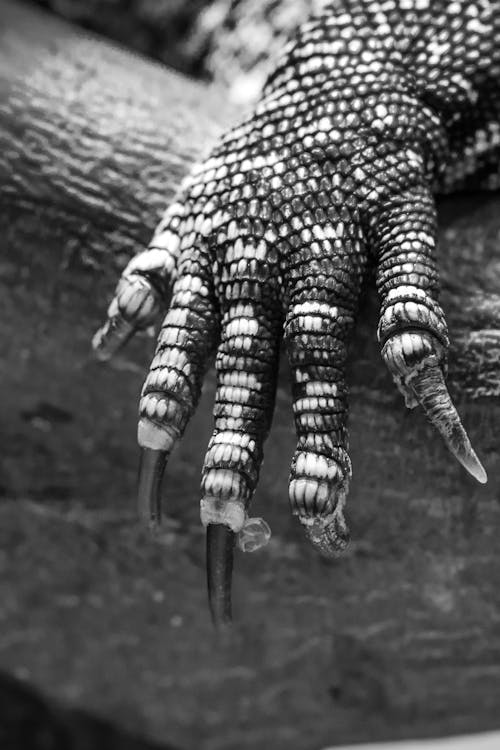And finally… clawfully strange

Fossils discovered during the construction of a water pipeline in Mongolia’s Gobi Desert have revealed one of the most unusual members of an already peculiar dinosaur group. This newly identified species had two-fingered hands equipped with formidable, curved claws.
Named Duonychus tsogtbaatari, this dinosaur measured about 10 feet (3 meters) in length and weighed approximately 575 pounds (260 kg). It lived around 90 to 95 million years ago during the Cretaceous Period. Its claws, an impressive foot (30 cm) in length, made it a distinctive and fearsome-looking creature.
Duonychus belonged to the therizinosaur family, a group of odd-looking dinosaurs characterised by bulky torsos, long necks, small heads, bipedal postures, feathered bodies, and enormous claws. Despite being classified within the theropod group—which includes formidable carnivores like Tyrannosaurus and Spinosaurus—therizinosaurs were herbivores.
What sets Duonychus apart from other therizinosaurs is its unique two-fingered hands. Until this discovery, all known therizinosaurs possessed three clawed fingers, making Duonychus an evolutionary outlier. Its name fittingly translates to “two claw.”
“Therizinosaurs are among the strangest dinosaurs we’ve ever studied. Though they were theropods, which traditionally includes meat-eaters, they resembled enormous feathered sloths,” said Yoshitsugu Kobayashi, a paleontologist at Hokkaido University Museum in Japan and lead author of the study published in iScience.
“Duonychus takes that oddity even further,” Kobayashi told Reuters. “With its short, two-fingered hands and claws reminiscent of a raptor, it likely used them to forage for plants. It’s as if evolution decided to experiment, and surprisingly, it worked.”
The researchers noted that the Duonychus specimen was not fully mature. It lived in a semi-arid environment with river channels, coexisting with other therizinosaurs, armored dinosaurs, horned dinosaurs, duck-billed dinosaurs, and a smaller relative of Tyrannosaurus called Alectrosaurus.
Although the fossilised skeleton was incomplete—missing the skull and legs—the arms and hands were remarkably well-preserved. One of the claws even retained its outer keratin sheath, the same material that makes up human fingernails. This sheath added over 40% to the total claw length.
“These claws were enormous, sharp, and formidable,” said Darla Zelenitsky, a paleontologist at the University of Calgary and co-author of the study.
Kobayashi highlighted the significance of the keratin preservation, calling it “an incredibly rare find.” This discovery offers invaluable insight into how Duonychus used its hands in daily life. The well-preserved hands reveal fused wrist bones, stiff joints, and two massive claws, suggesting specialised functionality.
While primarily used for grabbing and pulling down branches to access foliage, these claws may have had multiple purposes. They could have been useful for self-defense, digging, or even social interactions.
“Perhaps they even played a role in species recognition—almost like saying, ‘Look at me! I’ve only got two fingers too!’” Zelenitsky suggested.



















